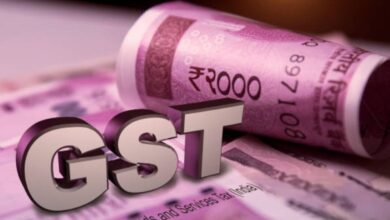Education increases the likelihood of unemployment among young Indians
The International Labour Organisation reports that young individuals in India who have completed more education have a greater unemployment rate than those who have not completed any education.
According to a recent ILO study on India’s labour market, the unemployment rate for graduates was 29.1%, about nine times greater than the 3.4% rate for those who are illiterate. Young individuals with a secondary or higher education had an unemployment rate of 18.4%, which was six times higher.
According to the ILO, “youth unemployment was a problem in India and it intensified over time, especially among youth with a secondary level of education or higher.”

The data points to a stark discrepancy between the labour force’s skill set and the jobs that are being produced in the market. It also confirms the predictions of prominent economists like former governor of the central bank Raghuram Rajan, who warned that India’s low educational attainment would eventually harm the country’s economic prospects.
The ILO said that “youth unemployment rates in India are currently higher than global levels.” “The high and rising unemployment rate is a reflection of the Indian economy’s inability to generate enough well-paying jobs in the non-farm sectors for newly educated youth labour force entrants.”
In China, the rate of unemployment among youth (16–24 years old) increased to 15.3% in the first two months of the year, about three times higher than the rate for urban residents (5.3%).
ILO estimates reveal that although the percentage of young Indians without jobs (those between the ages of 15 and 29) fell to 82.9% in 2022 from 88.6% in 2000, the percentage of youth with education increased to 65.7% from 54.2% over the same time.
Women are disproportionately affected. The statistics indicate that they made up 76.7% of the young people without jobs who were educated, compared to 62.2% of males. Additionally, there was more unemployment in urban than rural regions.
According to the ILO, India has one of the lowest percentages of female labour force participation in the world, at around 25%. It said that after a “significant increase” in subsistence work, the rate improved during the epidemic.
The growth in so-called gig jobs, or transient, low-paying positions like food delivery drivers, was another concern raised by the research. According to the ILO, digital platforms have made it harder to distinguish between self-employed people and employees, posing new risks to workers’ health and working conditions.






